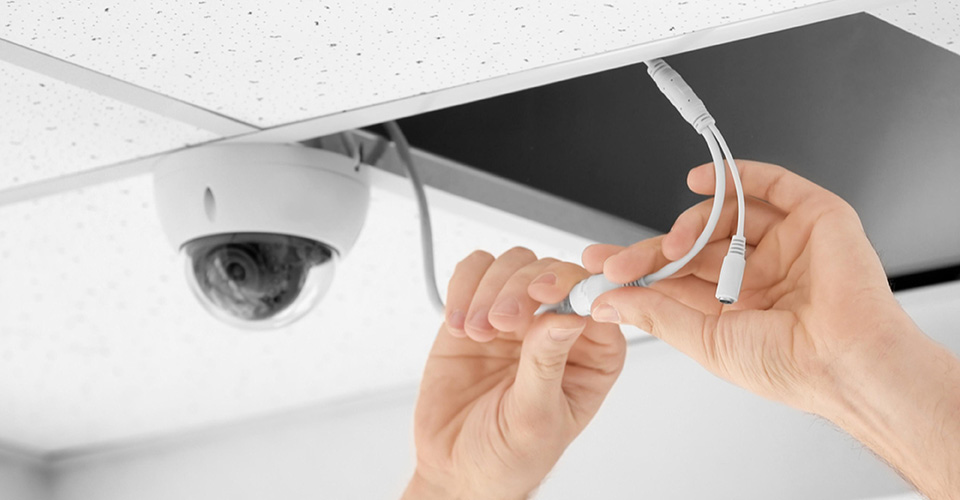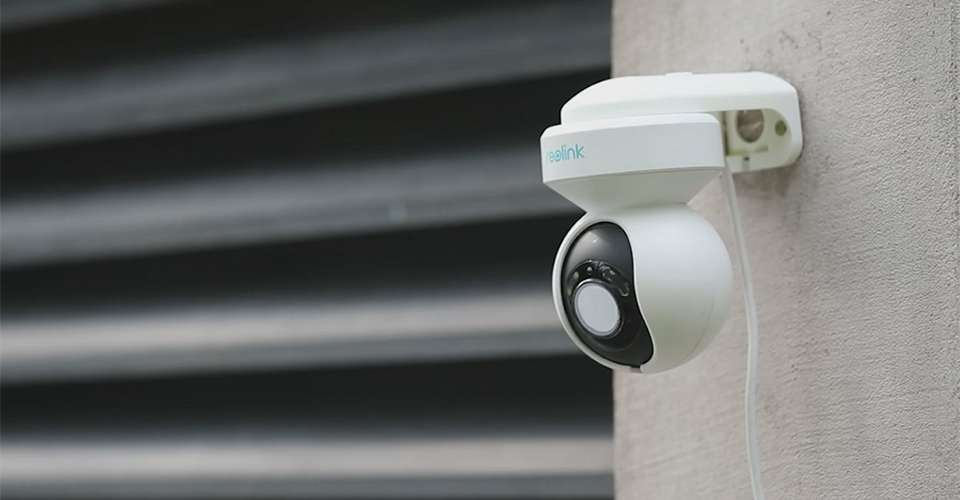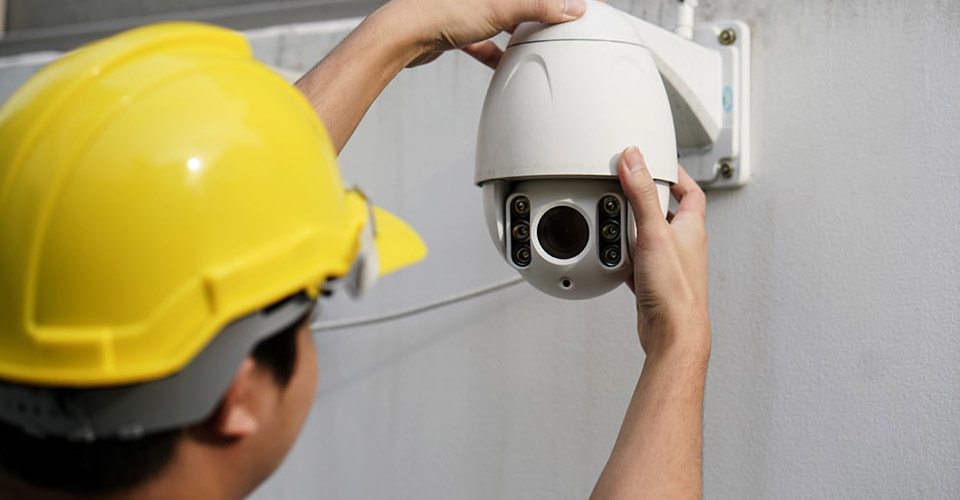PTZ Camera Setup Guide

PTZ Activation: a Step-by-Step Guide

SDI VS NDI PTZ Cameras: The Key Difference


PTZ cameras are complex and multifunctional devices but, if properly installed, they don't cause any problems while using them. The camera should be connected to the network. This will allow you to adjust its settings and live stream video and audio. You will learn everything you need to know about the PTZ camera setup from this informative blog post. So, keep reading!
How to Set Up a PTZ Camera
It is highly recommended that you read the manual that came with your camera before proceeding with the PTZ camera setup to avoid difficulties since every model has its own peculiarities. Minimally, every package with the camera should include a user manual, a power supply, and a remote controller.
Step 1. Select video resolution and frame rate
To begin, adjust the video resolution and frame rate. There is a dial on the rear of the unit (available frame rates can be found in the manual or in the special table printed on the camera's bottom part). Note that the default dial setting on most modern cameras is 1080p 60 FPS. This is ideal for fast-moving tracking objects, but if you are not planning to record something like this, you may switch this PTZ setting to 1080p 30 FPS.
Step 2. Connect the cables and turn the camera on
After you've finished configuring the PTZ camera settings, you can turn it on. If your model supports PoE (Power over Ethernet), there is no need to use the power supply: just connect it via an Ethernet port. Depending on the outputs that your camera has, you can connect it to your PC via HDMI, USB, or SDI.
Step 3. Set the IP address
Now, you should choose between a dynamic and static IP address. When you configure the IP address, you can control the camera from your PC, smartphone, IP-connected joystick controller, or stream video over your network, etc.
If you plan to use the camera for a long time, we recommend assigning a static IP address. A dynamic IP address changes periodically, making management difficult. It will also be more convenient if you intend to use multiple cameras.
A static IP address can be assigned to your camera via any web browser. To do so, type the IP address of your camera into any web browser and hit Enter. Then, fill in the default username and password that are "admin" and "admin," respectively. It is also possible to change the default password in the PTZ camera settings for better security. For this, click on the "Network" tab, choose "Fixed IP Address" from the menu, enter the static IP address of your choice, and press "Apply." Then, reboot the camera.
Step 4. Tweak the camera
So, now that you've learned how to set up a PTZ camera, you need to perform some adjustments to get the camera running as you want it to. For this, download an app that will allow you to control the device from the official website of the manufacturer. On the PTZ Control Center login screen, enter login and password. When you launch the app, go to the settings and enter your camera's name and IP address. You can now match and control multiple cameras, adjust camera settings, set PTZ presets, and view camera video from anywhere on your local area network.
Some models allow for two substreams. To adjust it, go to the PTZ camera protocol settings. There you will see the encode settings interface. You can select stream media protocol from the dropdown list.


